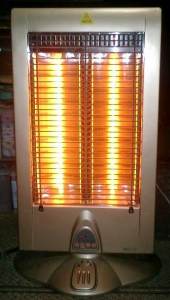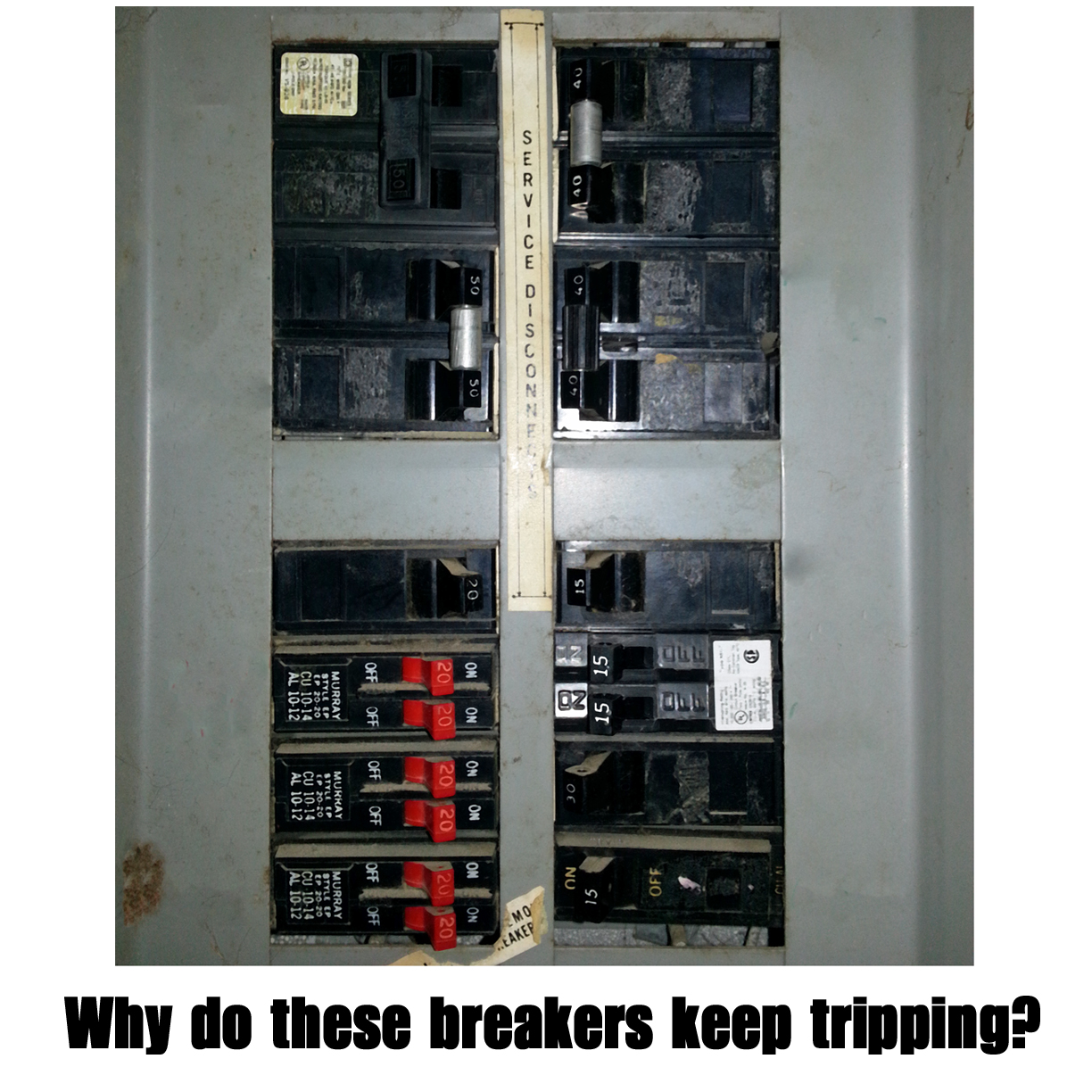It’s winter again in Texas. Most of the time, unless you’re a farmer, that statement means very little to us but every once in a while it gets below freezing and we break out the space heaters. These little heaters are very useful in heating greenhouses, in heating parts of the house that aren’t covered by your main heater or in my case making sure my well pump house doesn’t freeze. Like all electronic appliances, to get the most out of it you need to understand how it works. When it comes to electronics, it doesn’t get much simpler but I’ve talked to a number of people who don’t have a good understanding.
 In the US, your typical “plug it in the wall” space heater has two heat settings, High at 1500 watts and Low at 800 watts. The interesting part of this, to me at least, is that the watts rating is how much power the heater consumes, not how much heat it puts out.
In the US, your typical “plug it in the wall” space heater has two heat settings, High at 1500 watts and Low at 800 watts. The interesting part of this, to me at least, is that the watts rating is how much power the heater consumes, not how much heat it puts out.
The ratio of how much power the heater puts out to how much power the heater uses is efficiency and higher efficiency is the reason some heaters are far better than others with the same wattage rating.
Interesting, but what does 1500 watts mean? To answer that we need to do a little math. I’ll try to keep it painless but it’s better if you understand. Starting with the basics, one watt equals one volt multiplied by one amp. Your power company charges you by the kilowatt hour, meaning 1000 watts for one hour or one watt for 1000 hours.
In the US, your typical power outlet puts out approximately 120 volts. That means your heater is consuming 1500 watts/120 volts when it’s running or about 13 amps. This is important because your wall socket is rated at 15 amps. When you plug your heater into a wall socket you probably don’t want plug anything else into that socket.
Exactly what does 1500 W represent? Back in the days when we had incandescent lamps it was very easy to visualize because one 100 W lamp drew almost one amp of power. A heater on its highest power rating would then draw the equivalent of fifteen 100 watt incandescent lamps or approximately 15 amps.
Yes, I’m approximating this. A 100 W lamp on a 120 V line actually draws about .8 amps but the math is cleaner if I use one amp and it gives me a slight margin of safety in my calculations.
If you live in an older home, which mine is, you’ll notice that many of your circuit breakers are rated at 15 amps. That means I can put one space heater on one circuit breaker. You already know that your circuit breakers supply power to many outlets in your house, sometimes with no apparent rhyme or reason to their order. Like the one heater to an outlet rule, you’re also limited to one heater per circuit breaker.
So far what I’ve said is fairly intuitive but, and here’s the tricky part, that little knob on the heater used to adjust temperature does not affect the wattage used by the heater.
Much the same as your air conditioner, your heater only operates in two modes, fully on and completely off. The temperature setting is adjusting a switch that turns the heater on and off. In other words, turning it down does not cut down on the current your heater uses. It only changes how often your heater comes on.
Think of it this way, you have a heater that draws 1500 W but if you leave it on all the time it will quickly become too warm. Rather than deal with all that fancy electronics, you put a simple on-off switch on the heater and hold a thermometer in your hand. If the temperature is below your comfort zone you turn the switch on. When the temperature gets above your comfort zone you turn the switch off and repeat this as long as you’re in the room.
That’s exactly what’s happening with your heater except that, fortunately, you don’t have to turn it on and off, the electronics is doing it for you.
As I said earlier, this is also what’s happening in your car’s air conditioner. You’re not setting how hard it works, you’re setting a temperature threshold that turns the air conditioner on and off. Turning the temperature setting all the way down ensures that the air conditioner doesn’t turn off but it doesn’t get cold faster. The same is true for your heater. Turning the switch all the way it up doesn’t make it get hot fast.
I started this post with the hopes of making it clear to you just how much current these little heaters consume and how important it is to realize that when you plug them into an outlet you don’t have much margin left for another appliance. I also wanted you to understand that the temperature switch has nothing to do with how hard they heater is working, it’s only setting the threshold for the heater to turn off. When the heater is running, it’s still drawing full current. I hope I’ve succeeded in giving you a better understanding.
Looks like it will be another cold night tonight. Time for me to call it a night and turn on the heater in the pump house and the greenhouse.
© 2014 – 2019, Byron Seastrunk. All rights reserved.











With a heat pump you use one watt power and get three watts back worth of heat. Until you reach a threshold where you cannot squeeze anymore heat out of the air. That’s when your electric heat kicks in.